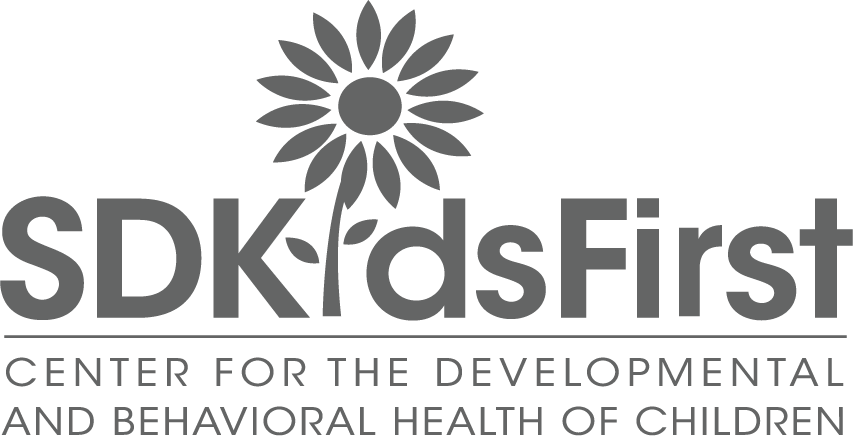My Top 5 Classroom Strategies to Help your Child Focus and Pay Attention!
There are dozens of strategies that are easy to implement in the classroom that help to improve attention and focus in young children. By parent request, here are my top 5 recommendations I make in my practice for children struggling with focus and attention in class! Remember, no one strategy will be effective for every child. Take this list to school with you to discuss with your child’s teacher which strategies would fit your child the best!!
1. Preferred Seating. Try placing your child away from distractions. Either at the front of the classroom, close to the teacher, or away from highly distractible peers.
2.Modified Work Assignments. Consider chunking down lengthier assignments into smaller portions or ‘chunks’, allowing your child opportunities for breaks in between, and/or check-ins from the teacher.
3. Factor in Breaks. Opportunities for breaks at times of the day when long periods of sitting are required can be helpful. Consider allowing your child to get up, and complete a task either in or outside the classroom (e.g. run an errand for the teacher, etc.). Exercise breaks may also be helpful.
4. Visual cues/reinforcement. For any instruction, routine, or series of directions, try visual cues such as a picture chart, or visual schedule for your child to follow. Children with attention difficulties can have a hard time listening and responding to multiple-step verbal directions.
5. Positive reinforcement. Consider putting a tally system or sticker system in place to allow your child to earn agreed upon rewards or incentives in class. Make sure expectations are within reach of your child. For example, staying seated for 15 minutes may be too difficult for a child that gets out of his seat frequently. Instead, give him a ‘star’ or ‘tally’ for staying seated for a 5-minute period.
As always, use common sense. If there is a significant struggle your child is facing in classroom, a meeting with the teacher or school psychologist might help identify individual challenges and possible alternate solutions.
Let me know how it goes!
-Dr. Deb
